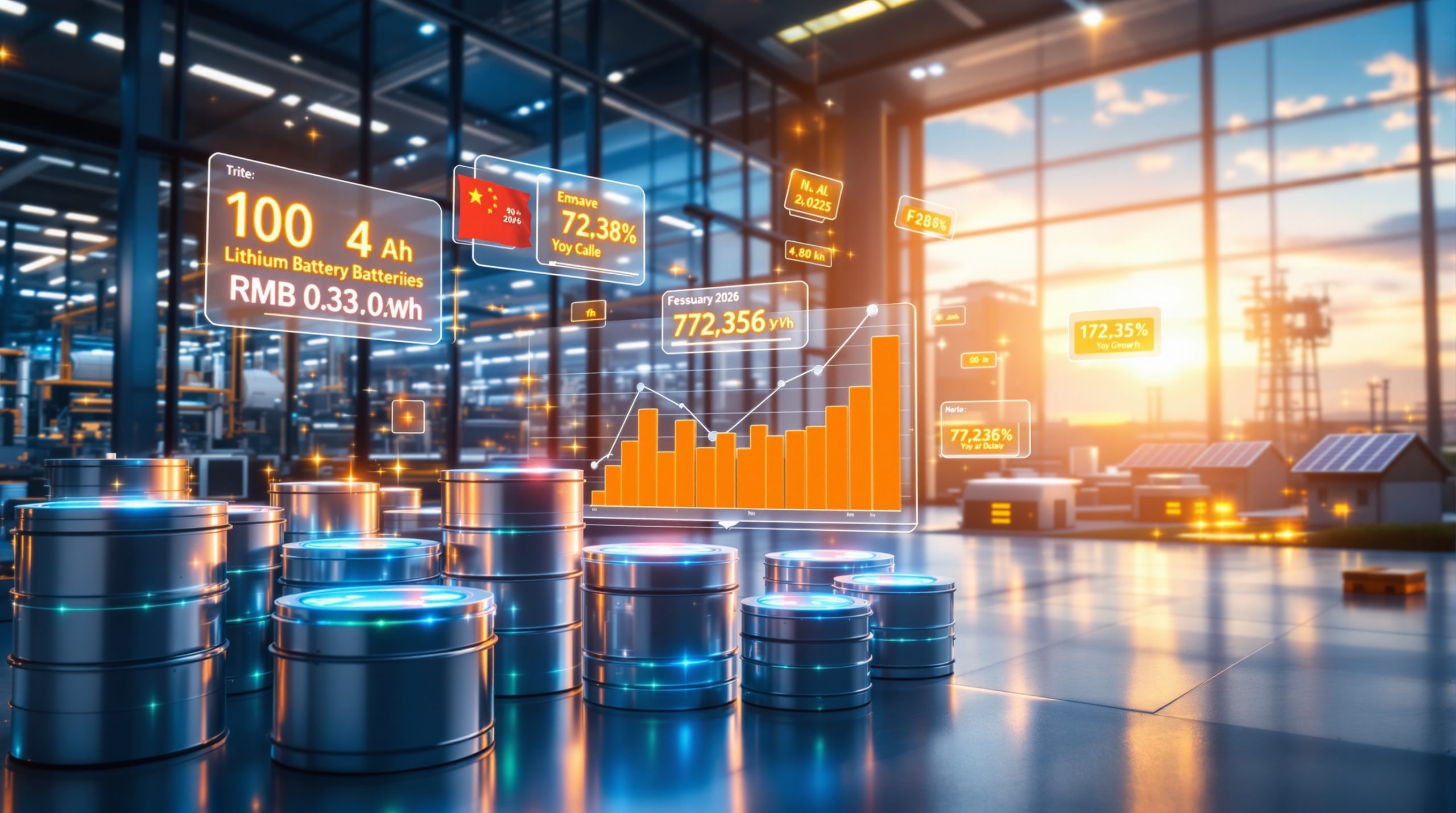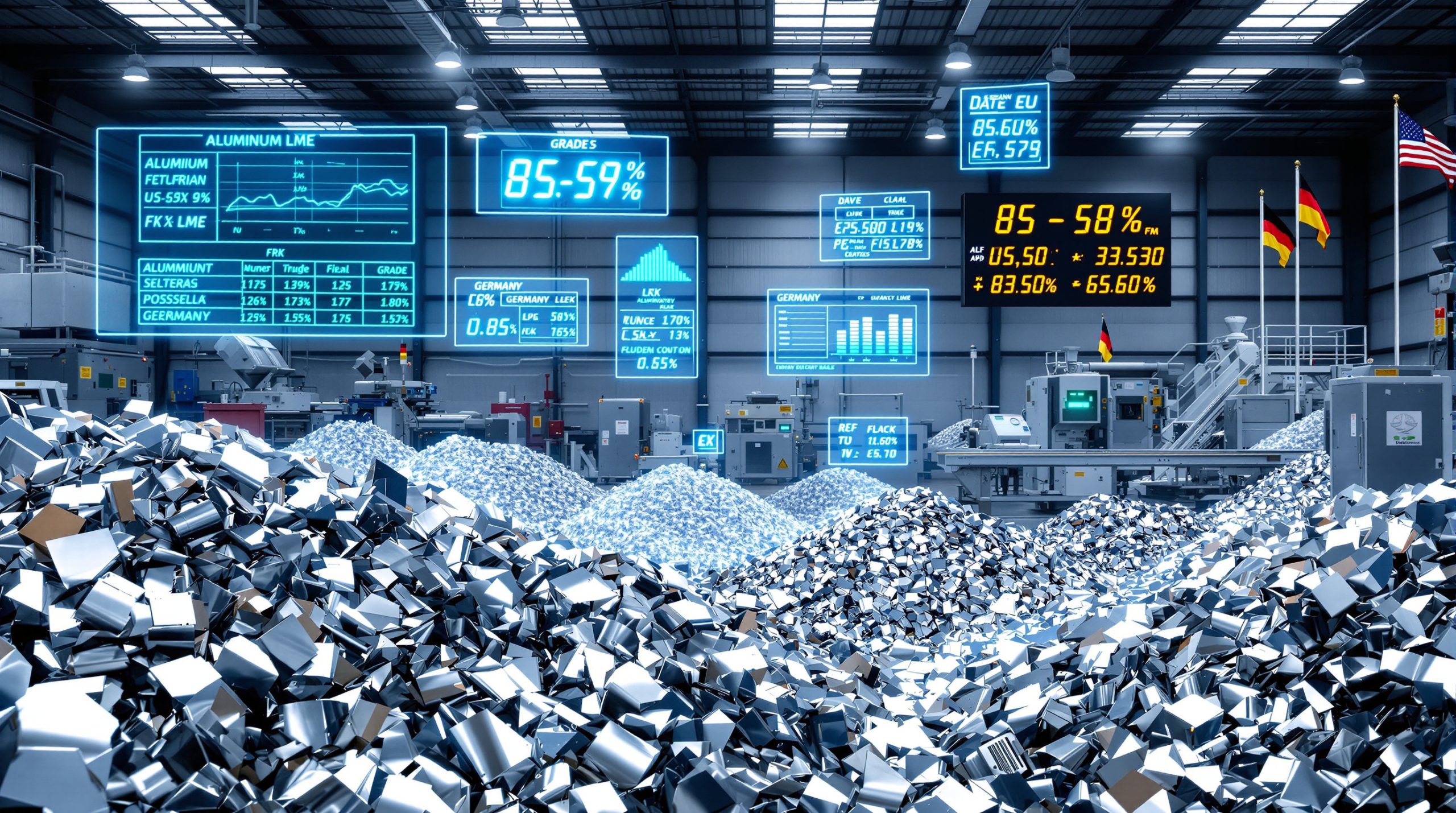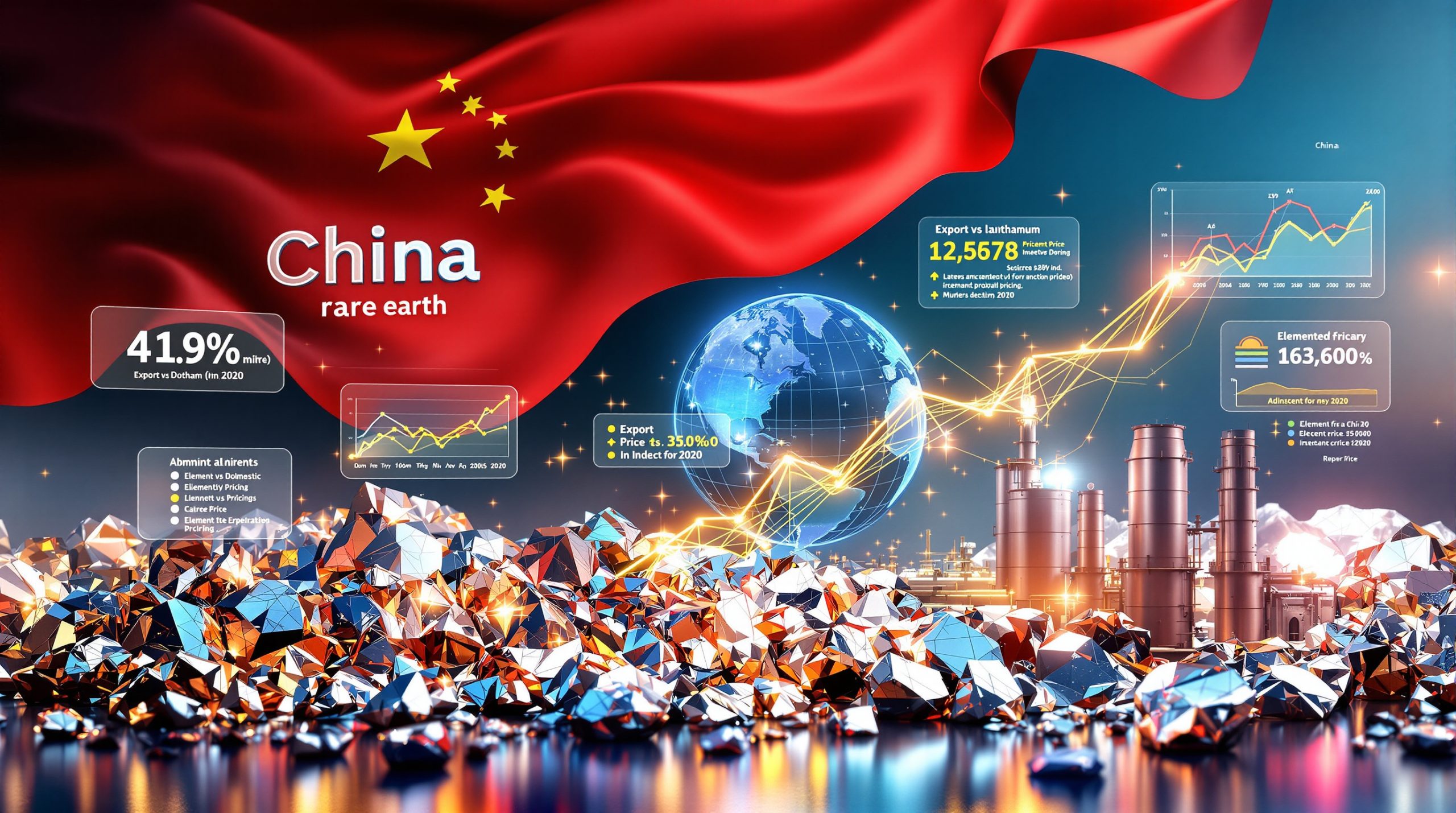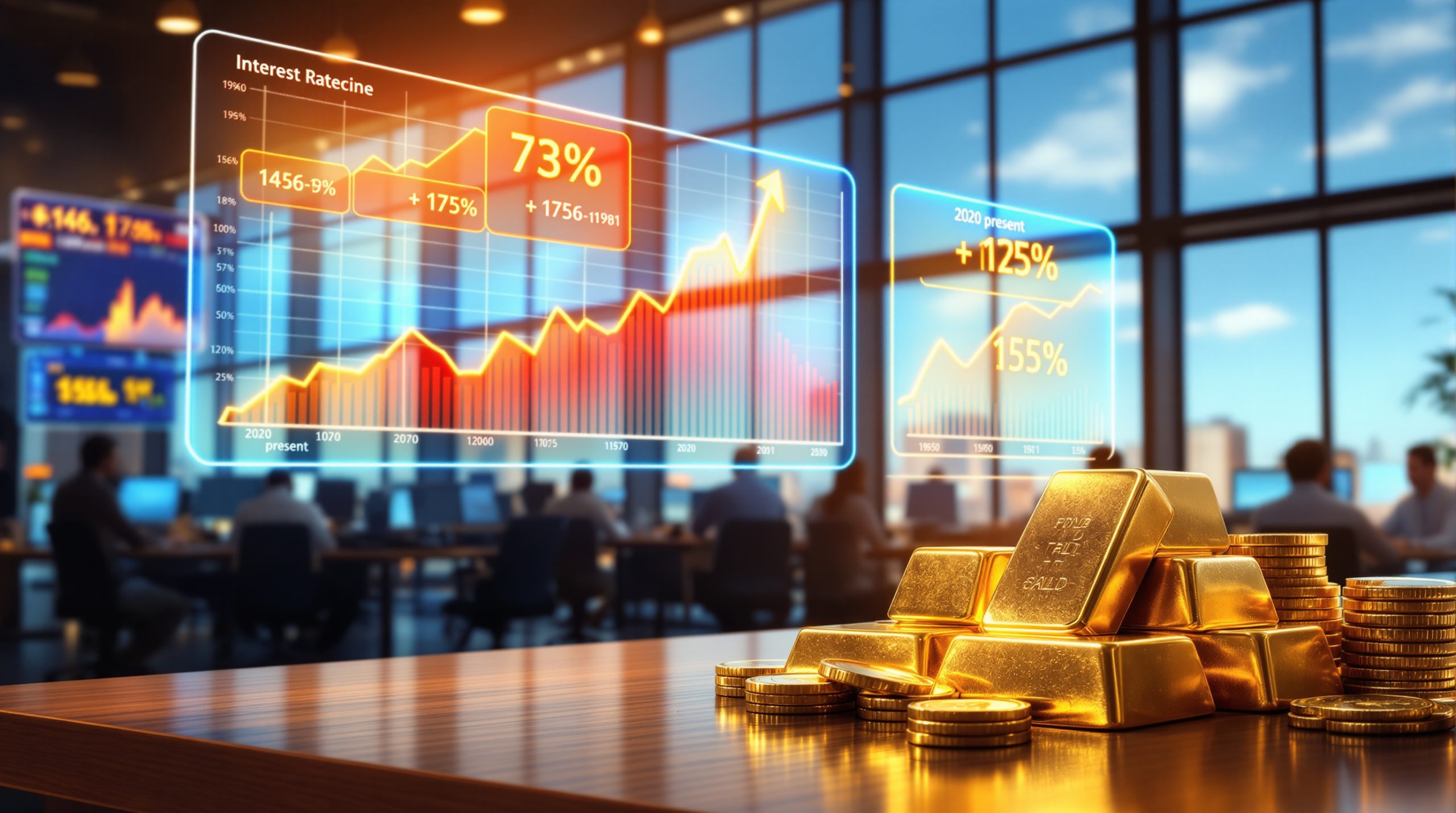Strategic metals represent a specialized investment category encompassing materials essential for technological advancement, defense systems, and clean energy infrastructure. Furthermore, investment in strategic metals has gained significant traction as these materials differ fundamentally from traditional commodities due to their critical role in modern industrial applications and limited supply flexibility.
The investment landscape for strategic metals has transformed dramatically, with the global market reaching significant valuations driven by accelerating demand from renewable energy sectors, electric vehicle production, and advanced manufacturing. Unlike conventional commodities, strategic metals exhibit unique supply-demand characteristics that create distinct investment in strategic metals opportunities and risks.
Categories of Strategic Metals for Investment
Strategic metals encompass several distinct categories, each serving specific industrial functions while sharing common investment characteristics. However, understanding these categories is essential for informed decision-making.
Battery Technology Metals: Lithium, cobalt, and nickel form the cornerstone of modern energy storage systems. These metals experience direct demand correlation with electric vehicle adoption and grid-scale energy storage deployment, particularly relevant to lithium industry innovations.
Rare Earth Elements: Neodymium, dysprosium, and other lanthanides enable permanent magnet production essential for wind turbines, electric motors, and high-tech applications. Consequently, their unique properties make substitution extremely difficult, making rare earth reserves increasingly valuable.
Refractory and Industrial Metals: Tungsten, titanium, and molybdenum serve high-temperature and specialized manufacturing applications, particularly in aerospace and defense sectors. For instance, tungsten mining update developments show growing strategic importance.
Platinum Group Metals: Platinum, palladium, and rhodium serve catalytic, electronic, and hydrogen economy applications with limited substitution possibilities.
Market Dynamics Creating Investment Opportunities
The strategic metals investment landscape reflects several converging factors that distinguish this asset class from traditional commodities. Supply chain vulnerabilities create significant price volatility, while technological advancement drives sustained demand growth across multiple sectors.
Recent market developments highlight the importance of these materials. Current copper prices around $5.17 per pound reflect ongoing infrastructure demand, while platinum at approximately $1,585 per ounce demonstrates precious metals market dynamics within the strategic metals space.
Moreover, energy transition minerals are becoming increasingly critical for global energy security initiatives.
Supply Chain Concentration and Geopolitical Implications
Geographic concentration of strategic metals production creates fundamental investment thesis drivers through supply security concerns and geopolitical risk premiums.
Critical Supply Dependencies
China maintains dominant positions across multiple strategic metals supply chains, controlling approximately 80% of rare earth element processing capabilities. This concentration extends beyond raw material extraction to include refining and processing technologies essential for converting raw ores into usable industrial inputs.
The Democratic Republic of Congo produces over 70% of global cobalt supply, while Chile and Australia dominate lithium extraction. These geographic concentrations create supply bottlenecks that amplify price volatility during demand surges or geopolitical tensions.
Strategic Reserve Initiatives
Government policies across developed nations increasingly emphasise domestic mining capabilities and strategic stockpiling programmes. The United States has expanded its critical minerals list multiple times, while European Union initiatives focus on supply chain diversification and recycling capabilities.
These policy developments create sustained demand floors for strategic metals, as government purchases often occur regardless of short-term price movements. Strategic reserve accumulation programmes provide price support mechanisms that benefit long-term investors.
Investment Vehicles and Market Access
Multiple pathways exist for gaining exposure to strategic metals markets, each presenting distinct risk profiles, liquidity characteristics, and correlation patterns with broader financial markets.
Physical Holdings and Direct Ownership
Direct physical ownership provides tangible asset allocation outside traditional financial systems. Specialised firms facilitate storage and trading of physical strategic metals, though this approach requires secure storage solutions and insurance considerations.
Physical holdings offer inflation hedging characteristics and portfolio diversification benefits, particularly during periods of currency debasement or financial market stress. However, storage costs, insurance requirements, and liquidity constraints limit practical implementation for many investors.
Exchange-Traded Funds and Specialised Vehicles
Strategic metals ETFs provide liquid market exposure through equity positions in mining companies rather than direct metal ownership. Key investment vehicles include:
- VanEck Rare Earth and Strategic Metals UCITS ETF: Provides diversified exposure to rare earth and strategic metals mining companies
- Specialised mining sector funds: Focus on specific metals or geographic regions
- Synthetic exposure products: Track metal prices through futures contracts and derivatives
These investment vehicles eliminate storage requirements while providing professional management and diversification across multiple companies and projects. Furthermore, platforms like Strategic Metals Invest offer specialised investment opportunities in this sector.
Mining Equity Investments
Direct equity positions in strategic metals producers offer leveraged exposure to commodity price movements. Australian mining companies like BHP and Rio Tinto provide diversified strategic metals exposure through established operations and development pipelines.
Junior mining companies offer higher potential returns but require specialised due diligence regarding resource quality, management capabilities, and development timelines. These investments often correlate strongly with metal prices while adding company-specific execution risks.
Key Strategic Metals for Investment Consideration
Different strategic metals serve varying industrial applications while offering distinct investment in strategic metals characteristics based on supply dynamics, demand growth projections, and substitution possibilities.
Battery Technology Materials
| Metal | Current Applications | Investment Drivers | Supply Characteristics |
|---|---|---|---|
| Lithium | EV batteries, grid storage | Electric vehicle adoption | Brine and hard rock sources |
| Cobalt | Battery cathodes, superalloys | Renewable energy growth | DRC concentration risk |
| Nickel | Stainless steel, batteries | Infrastructure development | Sulfide and laterite deposits |
Electric vehicle battery demand alone projects 300% lithium consumption growth through 2030, driven by automotive industry electrification mandates and consumer adoption trends. Cobalt demand faces supply constraints from Democratic Republic of Congo political instability and ethical sourcing requirements.
Rare Earth Investment Landscape
Rare earth elements enable permanent magnet production essential for wind turbine generators and electric vehicle motors. Limited processing capabilities outside China create structural supply bottlenecks that support price premiums and investment opportunities.
Processing technology requirements represent significant barriers to entry, as rare earth separation and purification require specialised chemical expertise and environmental management capabilities. These technological barriers maintain supply concentration and support pricing power for established producers.
Industrial and Defense Applications
Tungsten, titanium, and platinum group metals serve aerospace, defense, and high-temperature industrial applications. Their specialised properties create inelastic demand patterns that support stable pricing during economic cycles.
Defense applications often involve long-term contracts and government purchasing that provides revenue stability for mining companies. These metals typically experience less volatile pricing than battery materials but offer steady demand growth from technological advancement.
Market Pricing Mechanisms and Investment Timing
Strategic metals pricing reflects complex interactions between industrial demand, supply constraints, and financial market dynamics that create both opportunities and risks for investors.
Supply Inelasticity Characteristics
Most strategic metals emerge as by-products of primary mining operations, creating limited supply responsiveness to price changes. Copper mining produces significant molybdenum and silver, while nickel operations yield cobalt and platinum group metals.
This supply inelasticity amplifies price volatility during demand surges, as mining companies cannot rapidly increase production of by-product metals. New mine development requires 5-15 years from discovery to production, creating extended supply-demand imbalances.
Demand Growth Trajectories
Clean energy infrastructure development requires substantial strategic metals inputs across multiple applications. Solar panels require silver and rare earth elements, while wind turbines demand neodymium and dysprosium for permanent magnets.
Strategic metals often experience delayed supply responses to price increases due to lengthy mine development timelines, creating sustained bull market conditions when demand exceeds available supply.
Data centre expansion for artificial intelligence applications creates additional demand for copper, rare earth elements, and specialised metals used in semiconductor manufacturing and cooling systems.
Geopolitical Factors Shaping Investment Returns
National security considerations increasingly influence strategic metals markets through policy initiatives, trade restrictions, and international cooperation agreements that create investment in strategic metals opportunities and risks.
Supply Chain Diversification Programmes
Western governments actively promote alternative supply sources through funding programmes, loan guarantees, and trade agreements designed to reduce dependence on concentrated suppliers. These initiatives support mining development in allied nations while creating investment opportunities in emerging production regions.
Recent partnerships between the United States and allied nations demonstrate government commitment to strategic metals supply security. These agreements often include financial support for mining projects and processing facilities in friendly jurisdictions.
Critical Minerals Classifications
Government designation of critical minerals creates policy support for domestic production, research funding, and strategic stockpiling programmes. These classifications often precede significant investment flows into affected commodities.
Critical minerals lists evolve based on supply security assessments, technological developments, and geopolitical considerations. Metals added to these lists typically experience increased investor attention and government support for domestic production capabilities.
Risk Management for Strategic Metals Investment
Strategic metals investments require specialised approaches to portfolio allocation, timing decisions, and due diligence processes that differ from traditional commodity or equity investments.
Portfolio Construction Strategies
Financial advisors typically recommend 5-10% strategic metals allocation within diversified commodity portfolios. This allocation provides inflation protection and portfolio diversification while limiting exposure to sector-specific volatility.
Allocation Considerations:
- Geographic diversification across producing regions
- Metal diversification across different application sectors
- Investment vehicle mix combining physical holdings, ETFs, and mining equities
- Development stage balance between producing mines and development projects
Market Timing and Cyclical Analysis
Strategic metals follow extended industrial cycles with distinct bull and bear market periods lasting multiple years. Understanding these cycles enables strategic entry and exit timing for long-term investors.
Successful timing often involves monitoring industrial production indicators, government policy announcements, and technological adoption rates across key end-use sectors. Early cycle positioning before widespread investor recognition often provides optimal risk-adjusted returns.
Due Diligence Requirements
Strategic metals investment success requires understanding multiple technical and commercial factors:
Geological Assessment:
- Resource grade and metallurgy characteristics
- Extraction cost structures and processing requirements
- Mine life and expansion potential
- Environmental and social impact considerations
Market Analysis:
- End-user industry demand patterns and growth projections
- Substitution possibilities and competitive materials
- Pricing mechanisms and contract structures
- Regulatory environments in key consuming markets
Emerging Trends Reshaping Strategic Metals Investment
Technological developments and policy initiatives continue evolving the strategic metals investment landscape through new applications, supply solutions, and market structures.
Recycling Technology Advancement
Improved recycling capabilities for rare earth elements and battery metals could alter long-term supply dynamics. Current recycling rates remain insufficient to meet growing demand requirements, but technological improvements may increase secondary supply availability.
Urban mining initiatives extract strategic metals from electronic waste, automotive components, and industrial equipment. While recycling cannot replace primary production, it provides supplemental supply that may moderate price volatility during supply disruptions. Additionally, battery recycling breakthrough developments are showing promising results.
Space Economy Applications
Satellite technology and space exploration create new demand sources for specialised strategic metals requiring ultra-high purity specifications. These applications often command premium pricing due to stringent quality requirements and limited qualified suppliers.
Space-based solar power systems under development would require substantial quantities of specialised metals for construction and deployment. While speculative, these applications could create significant future demand for strategic metals producers.
Artificial Intelligence Infrastructure Demands
AI system development requires extensive data centre infrastructure that consumes large quantities of copper, rare earth elements, and specialised metals for semiconductor manufacturing and cooling systems.
Advanced chip manufacturing uses increasing amounts of specialised metals including gallium, germanium, and various rare earth elements. As AI capabilities expand, these material requirements are projected to grow substantially over the coming decade.
Investment Outlook and Strategic Considerations
Strategic metals investment represents a compelling opportunity within the broader commodities landscape, driven by technological advancement, clean energy adoption, and supply chain security concerns that create multi-decade growth trajectories.
Investment Thesis Summary
The convergence of clean energy adoption, technological innovation, and geopolitical supply concerns creates sustained demand growth for strategic metals across multiple industrial sectors. Limited supply flexibility and lengthy development timelines support price appreciation potential over investment time horizons.
Key Investment Drivers:
- Energy transition acceleration requiring substantial metal inputs
- Geopolitical supply diversification creating premium valuations
- Technological advancement expanding application areas
- Infrastructure development in emerging and developed markets
Risk Considerations and Mitigation
Successful strategic metals investing requires balancing exposure across different metals, investment vehicles, and geographic regions while understanding unique sector dynamics and regulatory environments.
Market volatility, technological substitution risks, and political developments in producing regions create potential challenges for investors. Professional guidance helps navigate complex market dynamics while implementing appropriate risk management strategies. For comprehensive analysis, resources such as Mining.com's strategic metals coverage provide valuable market insights.
Investment Approach Recommendations:
- Diversified exposure across multiple strategic metals and regions
- Professional management through specialised investment vehicles
- Long-term perspective aligned with industrial demand cycles
- Regular portfolio rebalancing based on changing market conditions
The strategic metals sector offers unique investment opportunities for those seeking exposure to technological advancement and clean energy transition themes while providing portfolio diversification benefits and inflation protection characteristics.
Ready to Capitalise on the Next Strategic Metals Discovery?
Discovery Alert delivers instant notifications of significant ASX mineral discoveries across strategic metals sectors using its proprietary Discovery IQ model, enabling subscribers to identify actionable opportunities ahead of the broader market. Begin your 30-day free trial today and position yourself to capitalise on the next major breakthrough in this rapidly evolving investment landscape.




